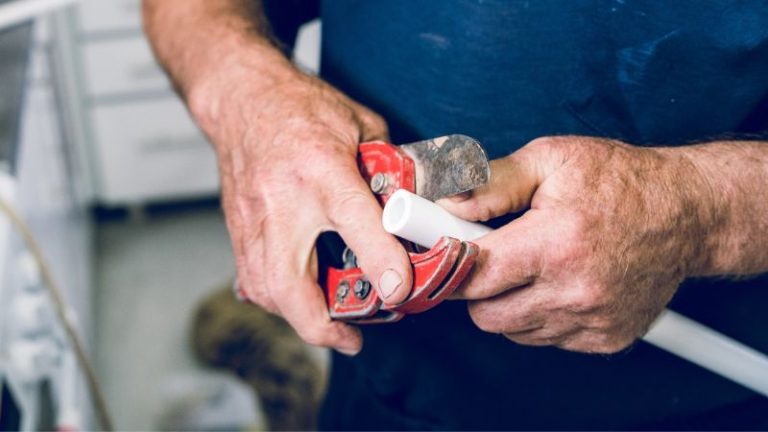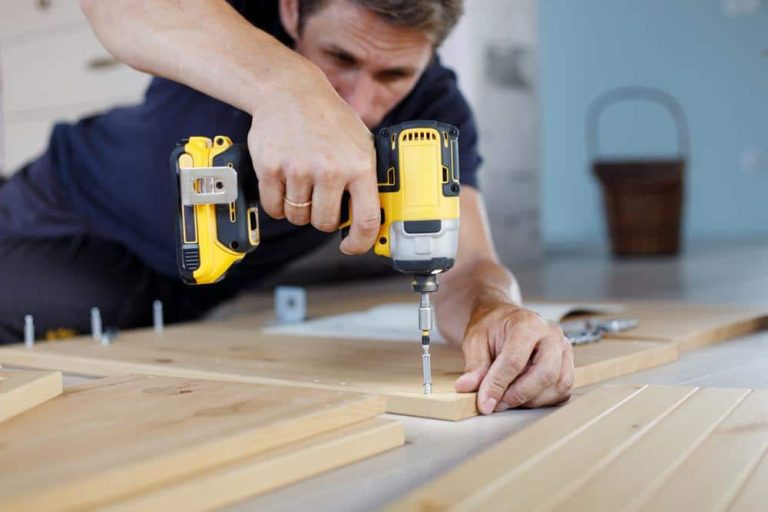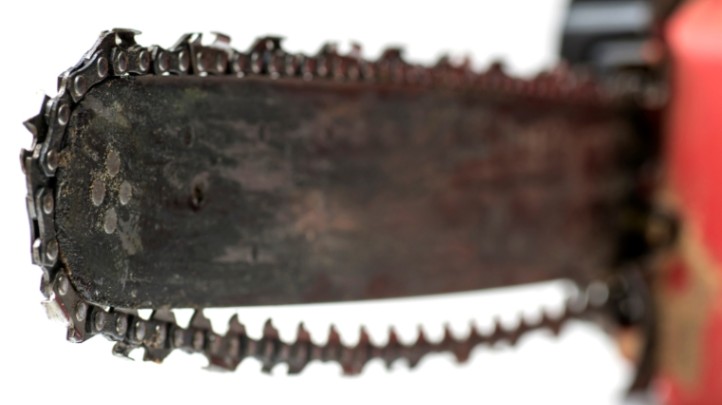Drill bits are essential tools for various tasks but are susceptible to rust over time. Rust formation not only affects their performance but also shortens their lifespan. Therefore, knowing how to remove rust from drill bits effectively is crucial. This comprehensive guide will explore the reasons behind drill bit rust, discuss preventive measures to keep them rust-free and provide step-by-step instructions on various methods for removing rust from drill bits.
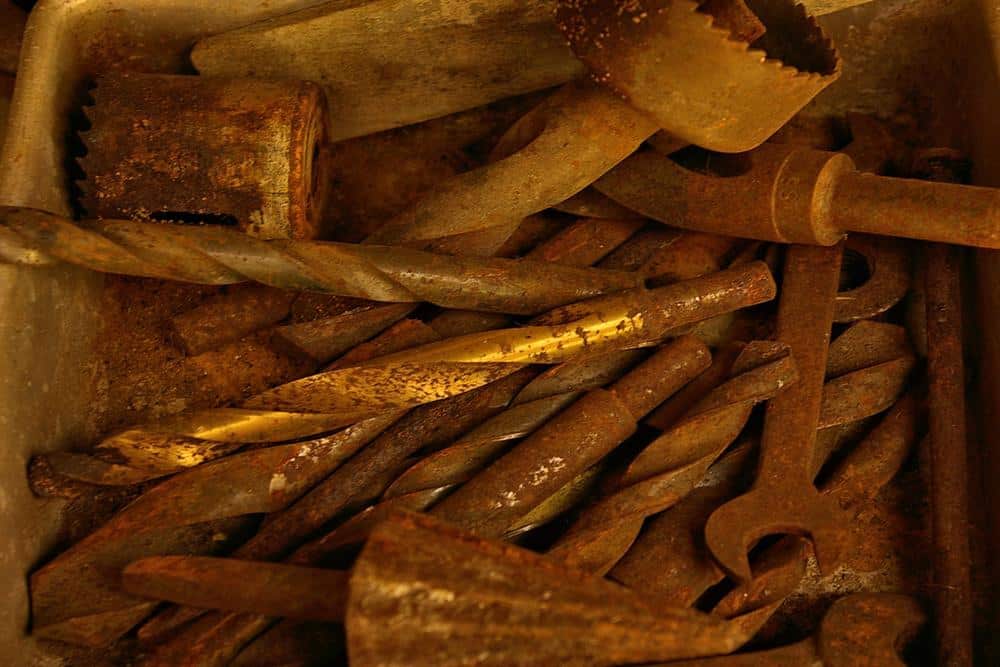
1. Why Do Drill Bits Rust?
Drill bits can rust due to moisture, humidity, air exposure, and improper cleaning and storage practices. Additionally, acidic solutions, excessive heat or pressure, saltwater, and neglecting proper maintenance can contribute to rust formation.
2. Preventing Rust on Drill Bits
To keep your drill bits rust-free, follow these preventive measures:
- Proper Cleaning: Clean your drill bits after each use to remove any debris, moisture, or residue that may contribute to rust formation.
- Dry Storage: Store your drill bits in a dry place to minimize exposure to moisture and humidity.
- Lubrication: Apply a specific lubricant designed for drill bits to protect them from rust. This helps create a barrier between the metal surface and moisture.
- Cover During Extended Storage: If you plan to store your drill bits for an extended period, consider covering them with a protective case or using storage solutions that prevent air and moisture from reaching them.
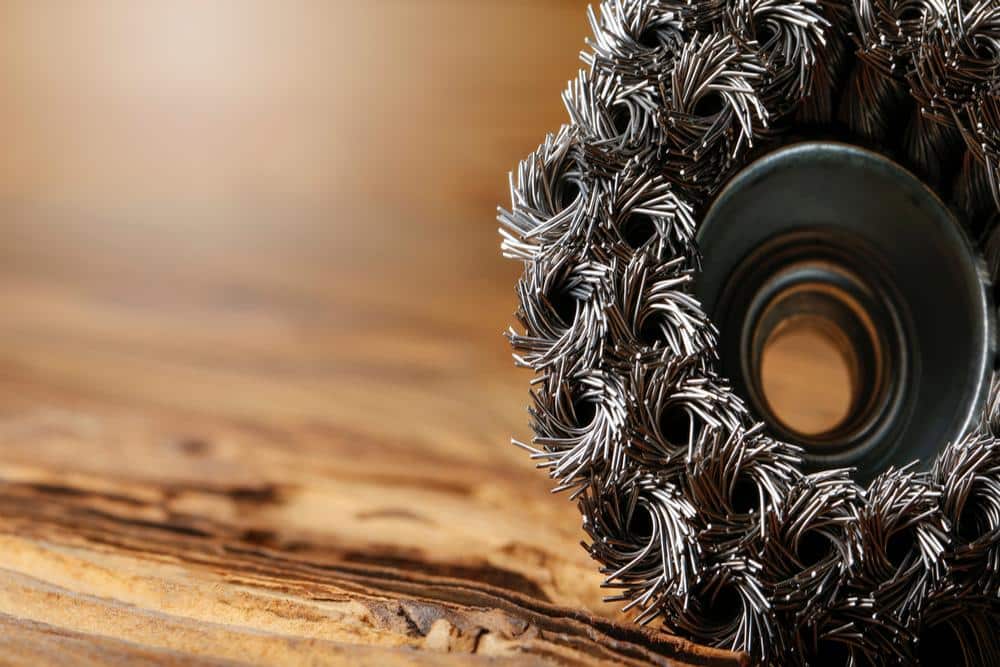
3. Method 1: Scrubbing with Wire Wheel Brushes
One effective method to remove rust from drill bits is by scrubbing them with wire wheel brushes. Follow these steps:
- Step 1: Wear safety equipment such as gloves, goggles, masks, and protective clothing to protect yourself.
- Step 2: Attach a wire wheel brush to a power drill.
- Step 3: Gently scrub the rusted areas of the drill bit using the wire wheel brush. Apply moderate pressure to remove the rust effectively.
- Step 4: After scrubbing, clean the drill bit with a cloth to remove any loose rust particles.
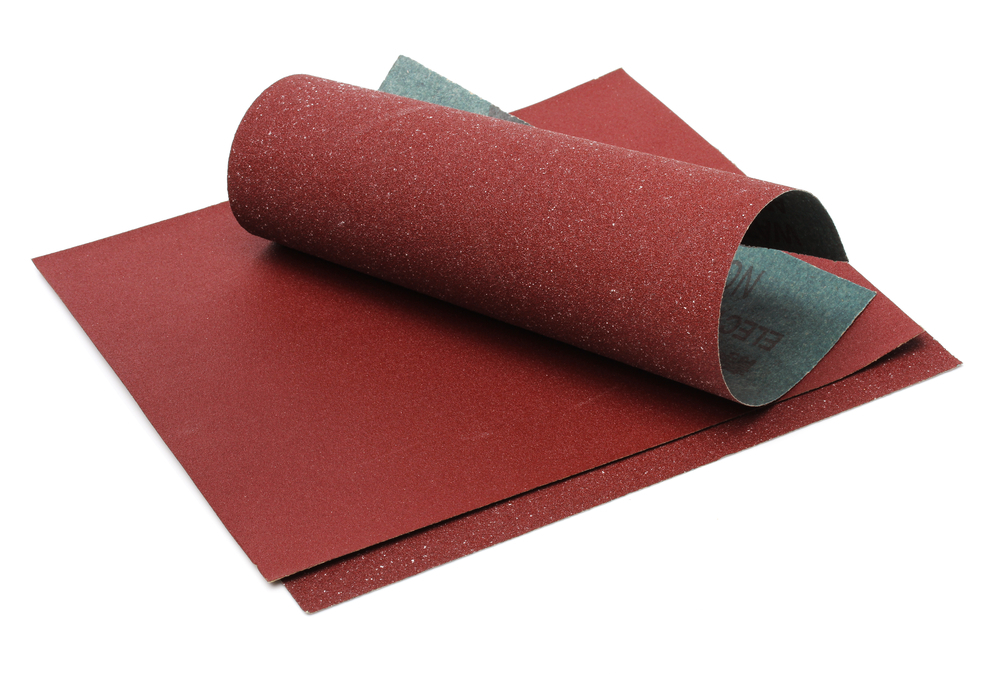
4. Method 2: Using Sandpaper
Sandpaper is another effective tool for rust removal from drill bits. Here’s how to use it:
- Step 1: Put on your safety equipment, including gloves and goggles.
- Step 2: Take a piece of sandpaper with medium or fine grit.
- Step 3: Hold the sandpaper firmly and start rubbing it against the rusted areas of the drill bit. Move the sandpaper back and forth to remove the rust effectively.
- Step 4: Wipe the drill bit clean with a cloth once the rust is removed.
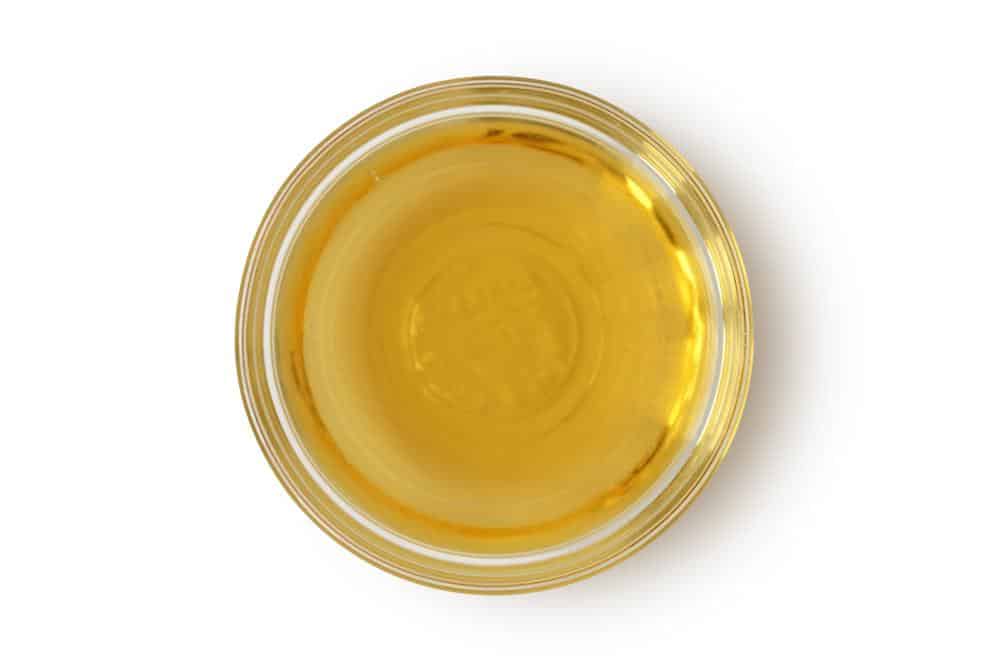
5. Method 3: Vinegar Soaking
Vinegar is a household item known for its rust-removal properties. Follow these steps to remove rust from drill bits using vinegar:
- Step 1: Fill a container with enough white vinegar to fully submerge the drill bits.
- Step 2: Place the rusted drill bits in the container, ensuring they are fully immersed in vinegar.
- Step 3: Allow the drill bits to soak in vinegar for approximately 24 hours. The acidity of vinegar helps dissolve the rust.
- Step 4: Remove the drill bits from the vinegar and rinse them with water after soaking.
- Step 5: Dry the drill bits thoroughly before storing or using them again.

6. Method 4: Baking Soda Paste
Baking soda is another household ingredient that effectively removes rust from drill bits. Follow these steps:
- Step 1: Create a paste by mixing baking soda with water. Aim for a consistency similar to toothpaste.
- Step 2: Apply the baking soda paste to the rusted areas of the drill bit.
- Step 3: Gently scrub the rusted areas using a cloth or a soft-bristle brush.
- Step 4: Rinse the drill bit with water to remove any residue.
- Step 5: Dry the drill bit completely before using or storing it.
7. Method 5: Metal Polish
Using a metal polish is an excellent option for removing rust and restoring the shine of your drill bits. Follow these steps:
- Step 1: Apply a small amount of metal polish to a clean cloth.
- Step 2: Rub the metal polish onto the rusted areas of the drill bit in a circular motion.
- Step 3: Continue rubbing until the rust is removed and the drill bit appears clean and shiny.
- Step 4: Wipe any excess metal polish with a clean cloth.
- Step 5: Inspect the drill bit to ensure all rust has been successfully removed.
8. Restoring Heavily Corroded Drill Bits
For heavily corroded drill bits, more intensive cleaning methods may be necessary. Consider the following steps:
- Step 1: Remove loose rust particles using a wire brush or sandpaper.
- Step 2: Prepare a rust-removing solution by following the instructions on a commercial rust-remover product.
- Step 3: Submerge the heavily corroded drill bits in the rust-removing solution and let them soak for the recommended time.
- Step 4: After washing, remove the drill bits from the solution and rinse them thoroughly with water.
- Step 5: Dry the drill bits completely before applying a thin layer of oil to protect them from future rust formation.
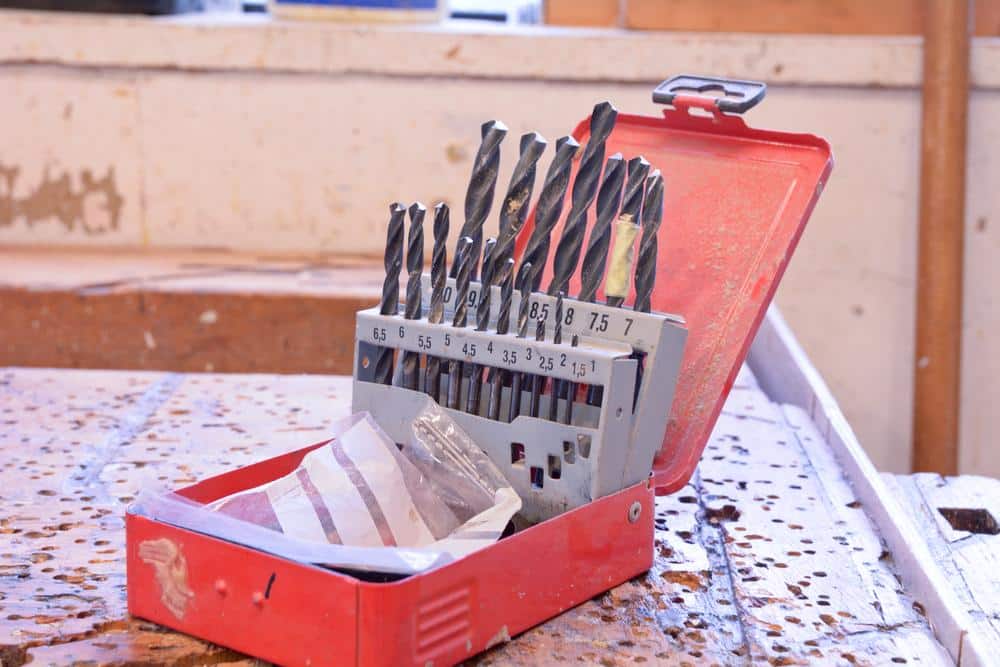
9. Proper Cleaning and Storage
To prevent rust formation on your drill bits, it’s essential to establish a regular cleaning and storage routine. Here are some tips:
- After Each Use: Clean the drill bits thoroughly using a cloth or brush to remove debris or moisture.
- Dry Storage: Store the drill bits in a dry place away from moisture and humidity. Consider using a designated case or container for organized storage.
- Lubrication: Apply a thin layer of a specific lubricant designed for drill bits to protect them from rust and corrosion.
- Cover During Extended Storage: If you plan to store your drill bits for an extended period, cover them with a protective case or container to minimize exposure to air and moisture.
9. Frequently Asked Questions
I. How often should I clean my drill bits to prevent rust?
It is recommended to clean your drill bits after each use to prevent rust formation and maintain their effectiveness. Regular cleaning helps remove any debris or moisture that could lead to rust.
II. Can I use WD-40 as a rust inhibitor for drill bits?
Yes, WD-40 can be used as a rust inhibitor for drill bits. It helps displace moisture and protect the metal surface from rust. After cleaning your drill bits, apply a thin layer of WD-40 to provide additional rust protection.
III. Are there any commercial rust removers available for drill bits?
Yes, various commercial rust removers are available in the market, specifically formulated to remove rust from metal surfaces, including drill bits. Follow the instructions provided with the product for effective rust removal.
10. Conclusion
Proper maintenance and regular cleaning are essential for preventing rust formation on drill bits. By following the preventive measures mentioned in this guide, such as good cleaning, dry storage, lubrication, and using rust inhibitors, you can minimize the risk of rust and extend the lifespan of your drill bits. If rust develops, methods like scrubbing with wire wheel brushes, using sandpaper, vinegar soaking, baking soda paste, or metal polish can effectively remove rust from drill bits. Remember to wear appropriate safety equipment when performing rust removal procedures. With the right care and maintenance, your drill bits will remain rust-free and ready for optimal performance.

